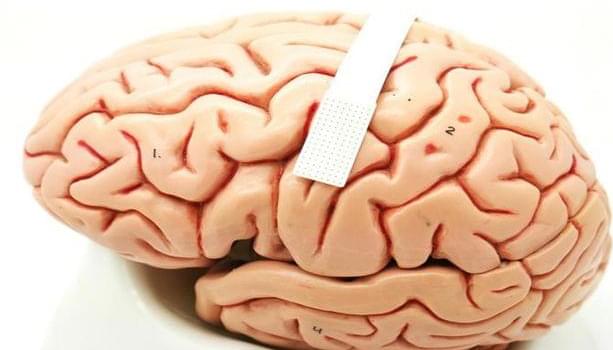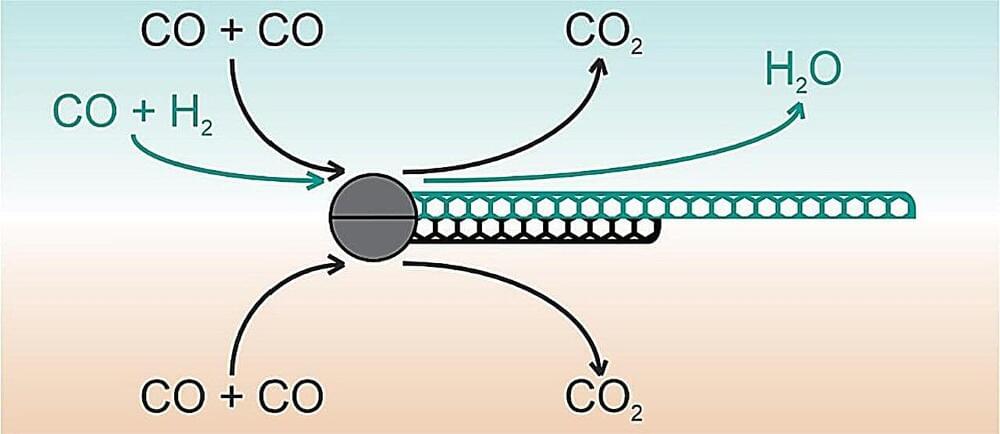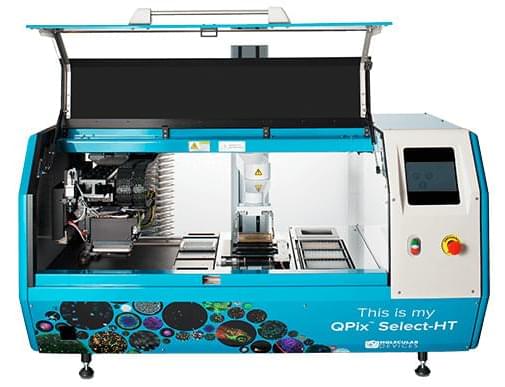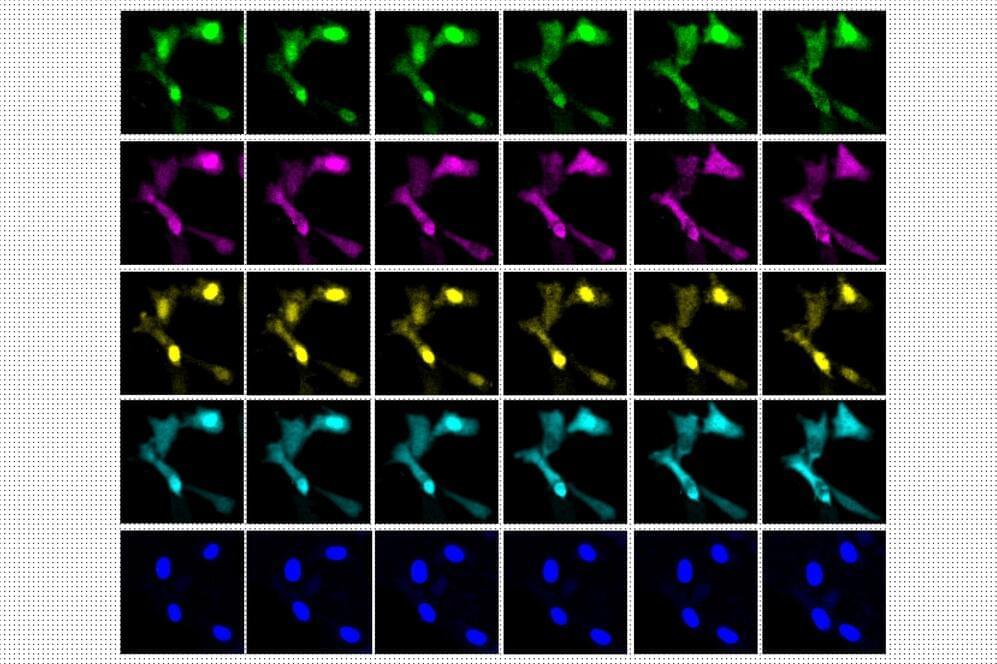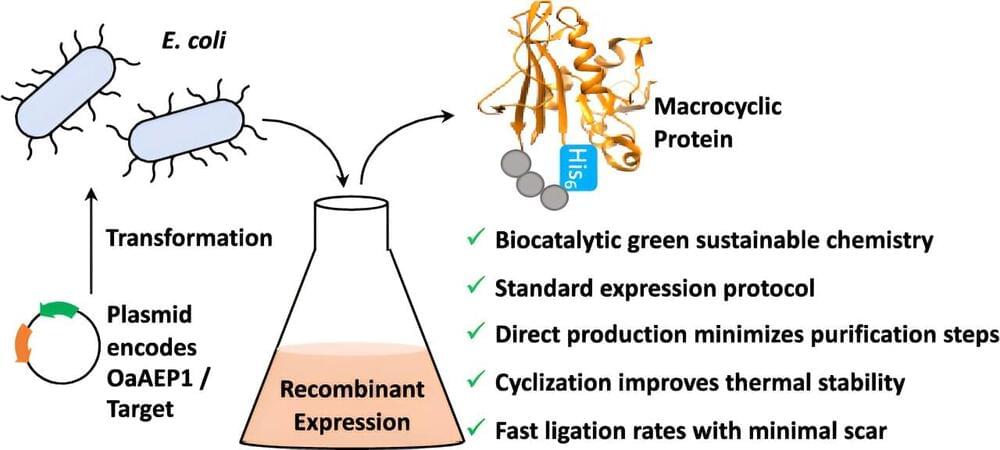When a biolab owned by several Chinese nationals was discovered in the small town of Reedley, California, there was outrage that such a thing was going on without officials knowing anything about it. Unfortunately, that was the least of what Americans should be outraged about. In this episode of China Uncensored, we look at the CDC and FBI’s unbelievable responses, why the substances in the biolab were never tested, and how similarly shady behavior by the US government in regards to Chinese biolabs should make every American fear for their life.
How China Will Create The NEXT Pandemic https://www.youtube.com/watch?v=nVPmFFQBRaY&ab_channel=ChinaUncensored.
YouTube demonetizes our channels, we need your support!
https://www.patreon.com/ChinaUncensored.
https://chinauncensored.locals.com.
We also accept bitcoin!
https://chinauncensored.tv/bitcoin.
And Paypal:
https://www.paypal.com/donate/?hosted_button_id=GAHZXYHGCBP3L
Buy our merchandise!


